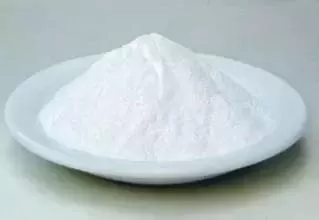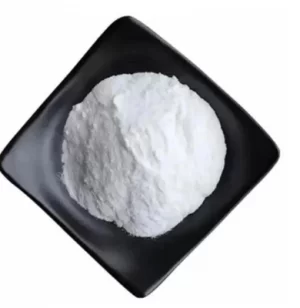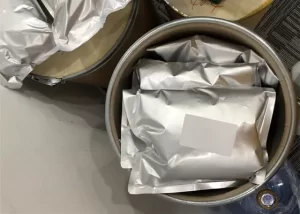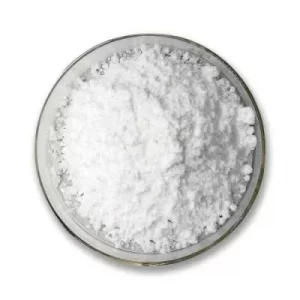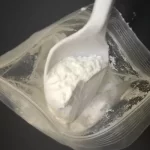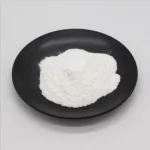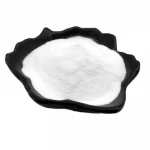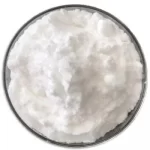Description
High Purity HCl / Octenidine Hydrochloride / Dihydrochloride Powder CAS 70775-75-6
Description
| Product Name: | N-Acetyl Carnosine | Apperance: | White Powder |
|---|---|---|---|
| Purity: | 99% | MSDS: | Avaliable |
| MOQ: | 100gram | Package: | Foil Bag |
| High Light: |
99% Purity Octenidine Hydrochloride, HCl Octenidine Hydrochloride, CAS 70775-75-6 Octenidine Dihydrochloride |
||
| CAS | 70775-75-6 |
| Molecular formula | C36H64Cl2N4 |
| Molecular weight | 623.8262 |
| Grade | Pharmaceutical Grade |
| Color | White crystalline powder |
| Purity | 99% |
| Shelf life | 2 years |
Otenidine hydrochloride is a new type of antibacterial agent. Its effect is similar to that of quaternary ammonium compounds, but it has a broader antibacterial spectrum and is often used for disinfection of skin, mucous membranes and open wounds.
Otenidine is active by binding to cytotoxins at the point of action. It has a good antibacterial effect on Gram-positive bacteria, negative bacteria and fungi, and this antibacterial ability is not subject to interference (such as blood, mucus) influences. In addition, octenidine has a strong residual effect on the skin surface, and its antibacterial effect can still be observed 24 hours after application.
Function
The efficacy of octenidine against Staphylococcus aureus, Staphylococcus epidermidis, Proteus, Streptococcus pyogenes, Klebsiella pneumoniae, Escherichia coli and Candida albicans is better than 4% chlorhexidine. It (C<1.5μM) reduces the number of these bacteria by 99% within 15 minutes. However, changes in the wound environment may affect the antibacterial efficacy of the drug in the culture medium: 8% serum can reduce the efficacy of chlorhexidine by 60%-97%. Outside the body, pus or 25% of blood can reduce the effectiveness of chlorhexidine by an order of magnitude. In contrast, blood (up to 10%), albumin and mucin do not show the effectiveness of octenidine. These phenomena indicate that products containing octenidine still retain antibacterial efficacy when applied to trauma.

